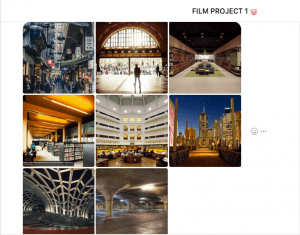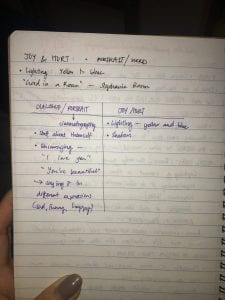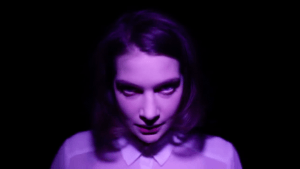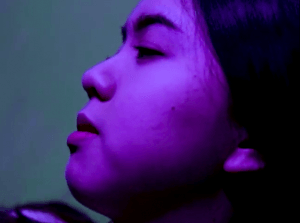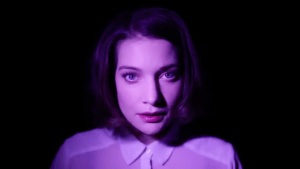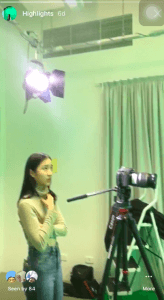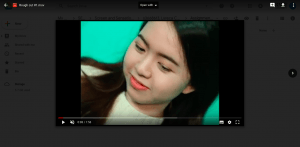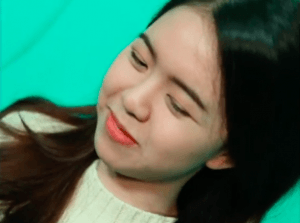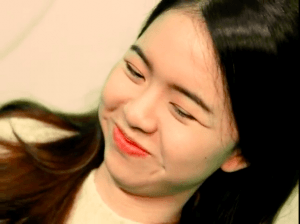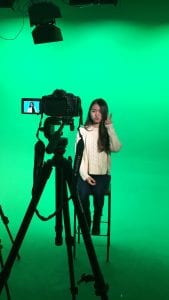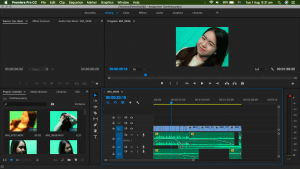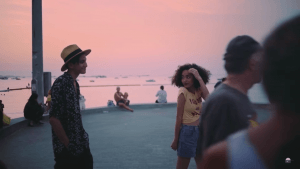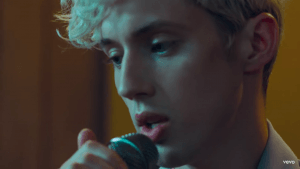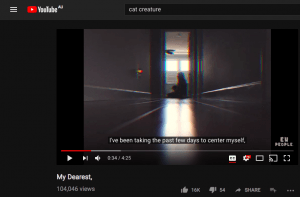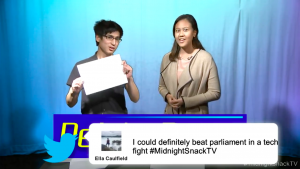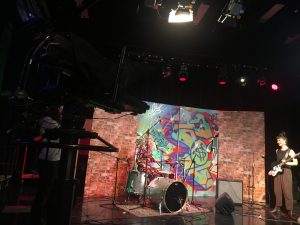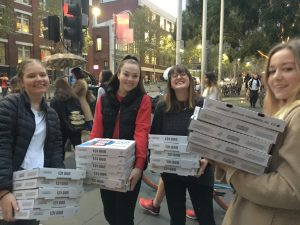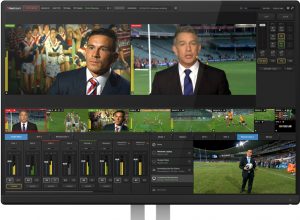Week Five was the pitching of our final film idea for our Film Project #1. Unfortunately, Pat has fled to another group but I am still continuing to work with Joanna and Pavina because we feel comfortable with each other and have the same vision in terms of what the story of our short film will be and of course, how we want it to look.
Our ultimate and final decision with the narrative is something I consider to be romance and a slice of life. Of course, the theme/s to each and every viewer is relative to how they perceive the final piece of the film; some people may see it was melodrama, as it is one of the themes that is so ever-present in Asian film (a genre of film I am inspired by). However, nothing has been set in stone yet and everything will be determined once we actually edit the final piece.
For now, though, the direction that the group and I will be heading towards is from themes of romance to a slice of life.
The following images are a series of inspiration and what I would like our short film to look like or at least have the same sentiments and feeling:
In the Mood for Love (2000)
Chihayafuru (2017)
Your Name (2017)
In terms of how we will utilize the overall look and aesthetics of the short film, we’d like to use as much natural lighting as possible, consisting of the golden hour scenes and locations where the light is muted and is not too harsh. One of the recurring scenes that we would like to practice on and experiment with are scenes that are particularly about slow motion, such as this scene from In the Mood for Love,
As a cinematographer, the lighting is the most important component of the scene and without, a film would lack depth, drama and overall, the cinematic look that we aim to have in every short film. Through this, I aim to practice the craft of lighting and hope to achieve our intended vision for our film project.
Location
As mentioned in our presentation, we aim to go for a romance plot line of “missed moments” where two individuals always seem to be in the same location/s but never seem to notice each other until one of them does. Our location will consist of nature to built-up areas of Melbourne, highlighting the landscape and the entities (characters) that will exist in the landscape.
We thought that it would be interesting to showcase what Melbourne has to offer, which could also be perceived as an appreciation piece. Personally, I wanted to showcase the diversity and beauty of the city from little spaces to large areas.
This is still all a work in progress because nothing is ever set in stone. However, we do have the narrative and themes in lock, with just the location and actor being the last two components to be finalised.




